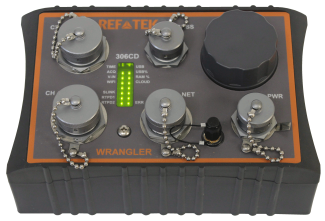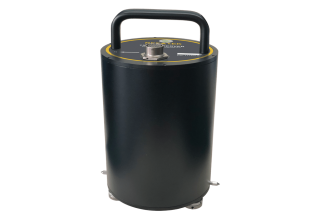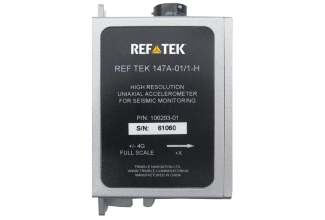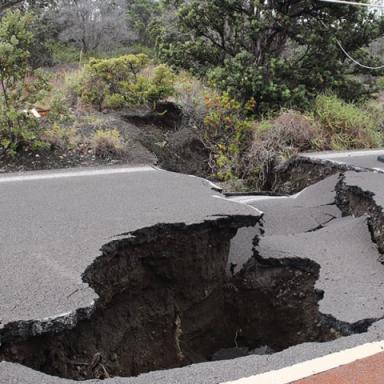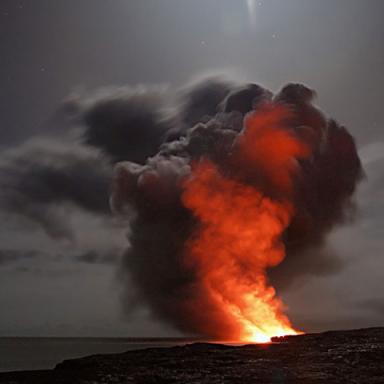Hazard Mitigation
Hazard Mitigation is the process of monitoring and recording seismic activity for the purpose of protecting populations and structures in the case of a seismic event.
Earthquake Early Warning Systems (EEW) are arrays of seismic monitoring stations which can be deployed across urban areas, entire nations or combined to monitor entire seismically active zones. Scientists estimate that EEW systems could deliver up to 1 minute of warning of a major event, giving hospitals, utility companies, transportation providers and emergency management teams time to make life saving decisions.

Hazard Mitigation
Hazard Mitigation is the process of monitoring and recording seismic activity
In addition, aftershock studies are critical to prevent additional damage – aftershocks often cause more damage, injuries and fatalities than the main event. This is especially true in urban areas. Real time monitoring of data is combined with analysis of event data to provide hypo-central locations and an understanding of the size and orientation of the fault plane. Understanding orientation and size allows for predictive analysis and appropriate emergency management of future shocks.
Aftershock studies hinge on the ability to quickly install as many portable recording stations as possible within a 24-48 hr period post-event. These stations remain in place for several weeks to several months, depending on detected aftershock activity.


